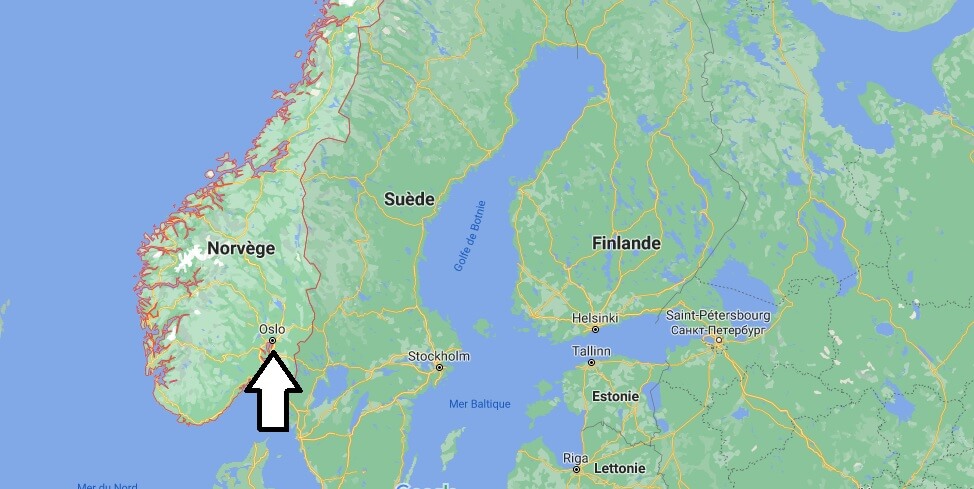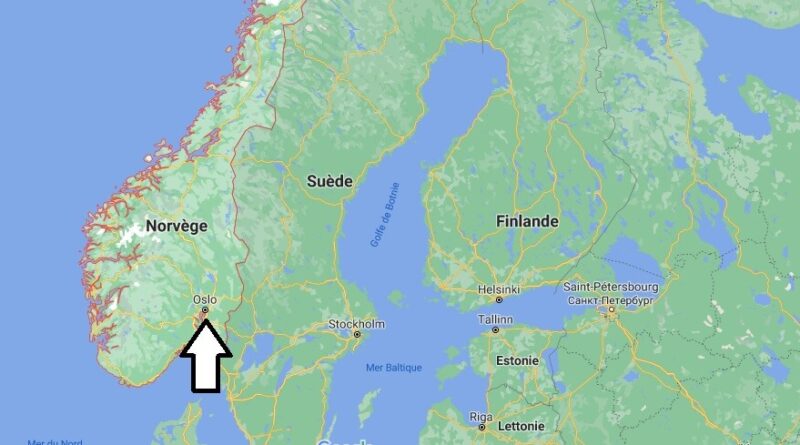What Is The Capital Of Norway
Oslo is the capital of Norway, as well as the most populous city. Oslo covers an area of 175 square miles of land and 10 square miles of water. As of 2016, there were 3,500 people per square kilometer in the city. An elected mayor leads Oslo. Harald Hardrada established the city as a trading center in the year 1040 AD, and by the year 1300 AD Haakon v raised Oslo to city status. Wildfire destroyed Oslo in 1624, and after that the city was brought closer to the Akershus Fortress. The then King Christian IV of Denmark renamed the city Christiania in his honor. In 1883, Oslo was declared a municipality and changed its name to Kristiania before the original Norwegian name was restored in 1925.
Geography and climate of Oslo
Oslo is located in the northwest of Oslofjord, surrounded by green hills and mountains. The city also features 40 islands within and 343 small lakes that supply the city with water. There are two rivers with waterfalls that provide water power to certain industries. The highest peak of the city is Kirkeberget, standing at 2,064 feet. More than two-thirds of Oslo is made up of protected wildlife, such as forests, lakes and mountains, which keeps it Evergreen. In the middle of summer, daylight can reach up to 18 hours, and it never gets completely dark. In the middle of winter, up to six hours of daylight are observed. Summer temperatures average slightly above 68 ° F, while winters may go as low as -17 ° F.

Parks and Recreation
There are several green parks in and around the city, such as Frogner Park which is famous for its sculpture collections and Bygdøy (Museum Peninsula of Oslo) which is surrounded by sea. Other parks include St., Hanshaugen Park and Tøyen Park. The most notable museum is the Munch Museum which is run by the University of Oslo. There are also several botanical gardens. The eastern and northern forests surround Oslo to the point that every part of the city is relatively close to a forest. The city has eight public swimming pools and some indoor swimming pools.
Economy of Oslo
Oslo ranks first among European Cities for its economic potential and second in terms of Doing Business in Europe. The maritime sector is one of the largest contributors to Oslo’s economy and also employs close to 9,000 workers. Close to 6,000 ships dock here annually. There are also oil and gas industries that anchor Oslo’s economy. The city is ranked as one of the world’s most expensive cities to live in, but also has an average very high income.
Oslo, one of the world’s best cities
The pilot city of the Council of Europe is Oslo and it is also in the Intercultural Cities Programme. Most studies consider Oslo to be a Beta World City and are also number one in Europe with regard to quality of life. Among other things, the city is one of the fastest growing cities and one of the cities with the most trees in Europe. Oslo has a very low unemployment rate, a factor with which the city’s population has grown rapidly thanks to a large number of immigrants looking for work. The growth of the immigrant population in the city is faster than that of the Norwegians.

